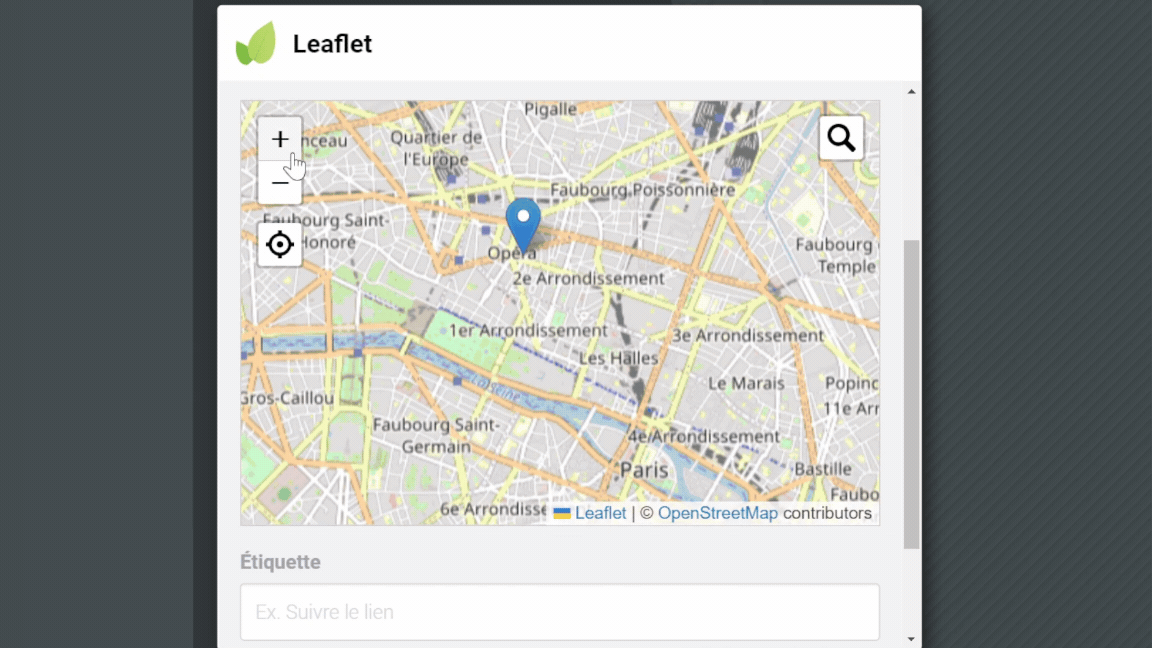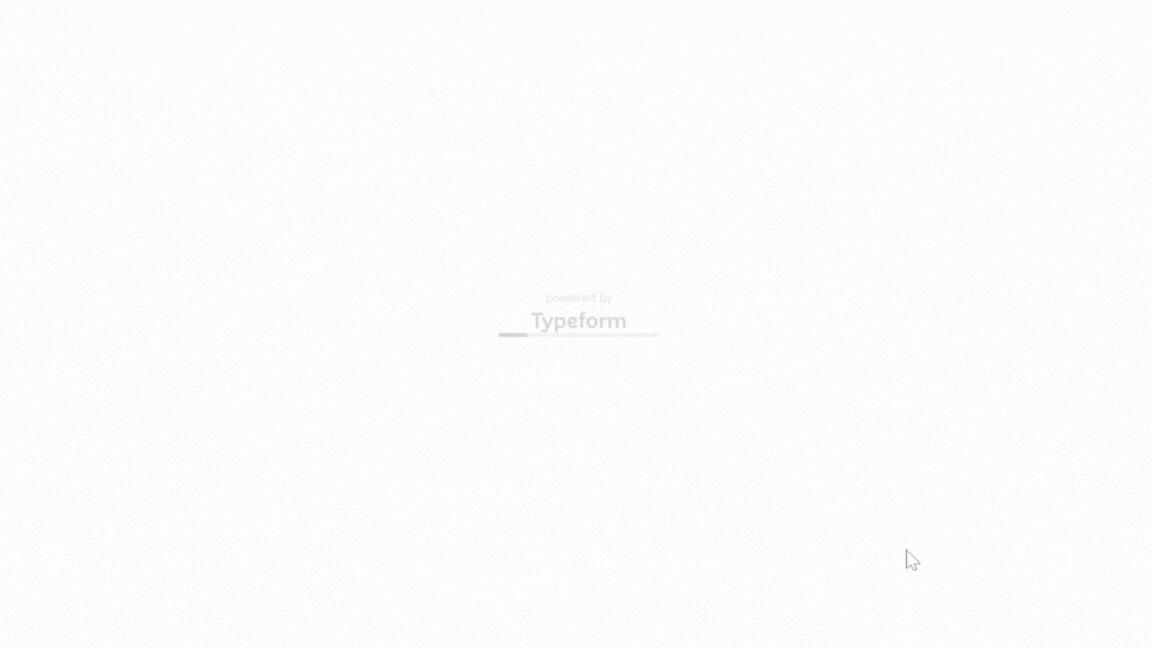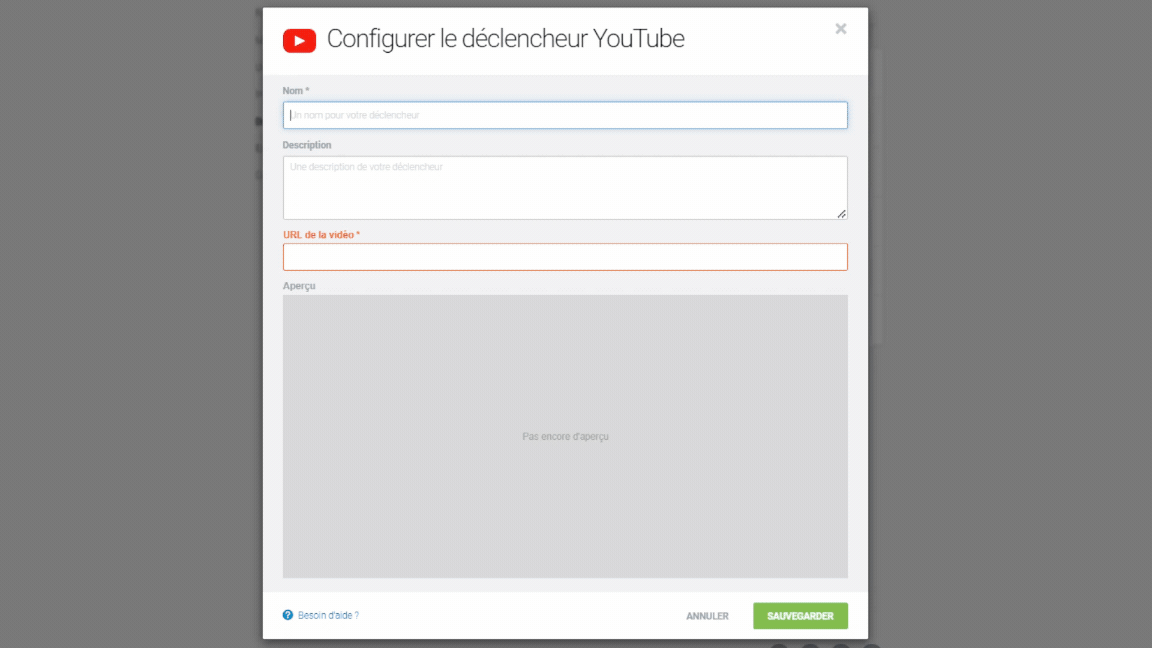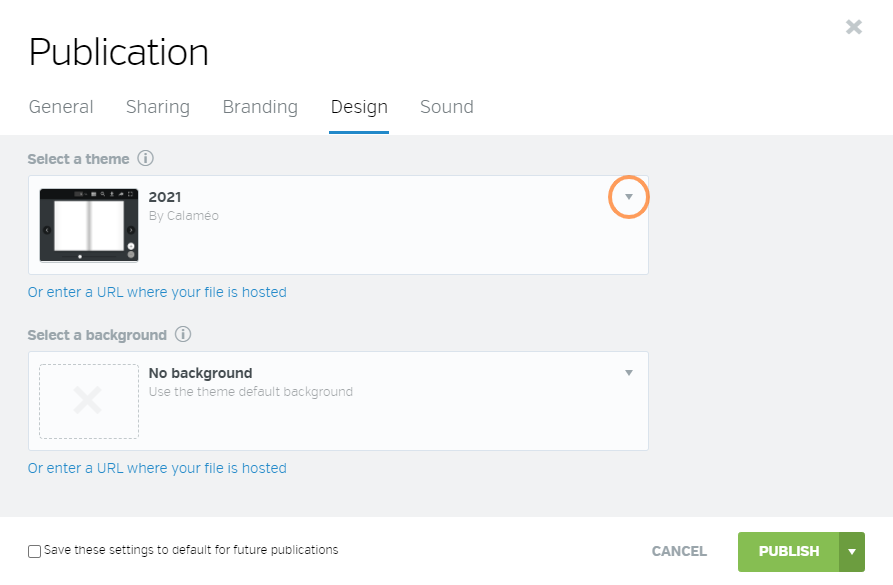Welcome to our second article on the lesser-known features of Calaméo. In the previous article, we unveiled three lesser-known aspects of our platform that appeal to the savvy user. Today, we’re going to highlight three more features. Let’s discover together these often overlooked aspects that make Calaméo so much more than a simple online document hosting space.
1. Guide your readers towards purchase
If our Shopify integration is an interesting solution for guiding your readers to buy online, our Leaflet integration can help you guide them directly to your physical points of sale.
Leaflet integration is as simple as it is intuitive. In just a few steps, you can enrich your publications with interactive maps, offering your readers a captivating reading experience. Simply add the interactive map to your publication, mark strategic points of sale and allow your readers to easily navigate to the store of their choice.
The benefits of using our Leaflet integration :
- Increased proximity: your readers can locate the nearest point of sale at a glance, creating instant proximity to your product or service.
- Incentive to buy: by facilitating navigation to points of sale, Leaflet integration actively encourages your readers to turn their interest into a purchase.
- Enhanced user experience: transform simple reading into an immersive, engaging experience, where every click on the map brings your readers closer to completing their purchase.
🔎 READ MORE: Leaflet: add interactive maps to your Calaméo publications.
2. Give your audience a say
Thanks to our survey and form tool integrations (Google Forms, Hubspot Forms, MailChimp, Jotform, Typeform), Calaméo offers you much more options and becomes a two-way communication platform, allowing you to get to know your audience like never before.
These tools are simple and intuitive to use. Integrate interactive polls or forms directly into your publications, encouraging your readers to share their opinions. Then, analyze the responses to refine your editorial strategy and create content that really resonates with your audience. Turn your audience into active contributors.
The benefits of using our survey and form integrations:
- Content personalization: By understanding your audience’s specific needs, you can tailor your content to meet their expectations, boosting engagement and loyalty.
- Collaborative creation: Involve your readers in the creation process, transforming your publication into a collaborative experience where every voice counts.
- Strengthening the relationship with your audience: By giving your audience a voice, you establish a deeper connection, strengthening the relationship between you as publisher and your readers.
🔎 READ MORE: 3 reasons to include forms in your Calaméo publications.
3. Master the art of timing
In our exploration of Calaméo’s more discreet features, let’s dive into the third one, which highlights the crucial importance of timing in your editorial strategy. Thanks to our triggers feature, Calaméo lets you automatically trigger specific actions (such as the automatic playback of a video, or the opening of a form window, for example) at key moments, optimizing the impact of your content.
Using triggers on Calaméo is simple and flexible. Choose the moment that best matches your objective, define the action to be triggered, and watch as your content dynamically comes to life, offering your readers a unique experience. On Calaméo, you can choose between three key moments to trigger an action: when the publication is opened, when it is downloaded or when it is printed. These strategic moments are designed to capture your audience’s attention and maximize the impact of your content.
Why timing is crucial :
- Capture immediate attention: Trigger an action as soon as your publication is opened to instantly capture your audience’s attention.
- Collect data at key moments: Choose to add a mandatory form with a trigger using the option: “this trigger must be completed to continue”. Whether it’s when the publication is opened, downloaded or printed, you’ll be able to collect your audience’s data at the most appropriate moment for your marketing strategy.
💡 FIND OUT how to create and use triggers for each of our integrations.
Conclusion
In exploring Calaméo’s lesser-known features, we’ve plunged into a world of innovations designed to transform your digital publishing experience. Leaflet integration brings you physically closer to your readers, surveys and forms let you understand them and adapt your content, while triggers give you the power of perfect timing. As a result, these hidden features are not just options, but strategic tools for enriching your content, enhancing interaction with your audience, and maximizing the impact of your publications.
💡Integrations and triggers are features reserved for PLATINUM accounts. Ask for your free 14-day trial to Calaméo PLATINUM and test all our professional tools!
![]() READ ALSO: How to turn a public publication into a private one: the video tutorial
READ ALSO: How to turn a public publication into a private one: the video tutorial![]() Also, check out our Help Center article: How do I publish a document?
Also, check out our Help Center article: How do I publish a document?![]() Subscribe to our YouTube channel to discover all our tutorials.
Subscribe to our YouTube channel to discover all our tutorials.![]()







